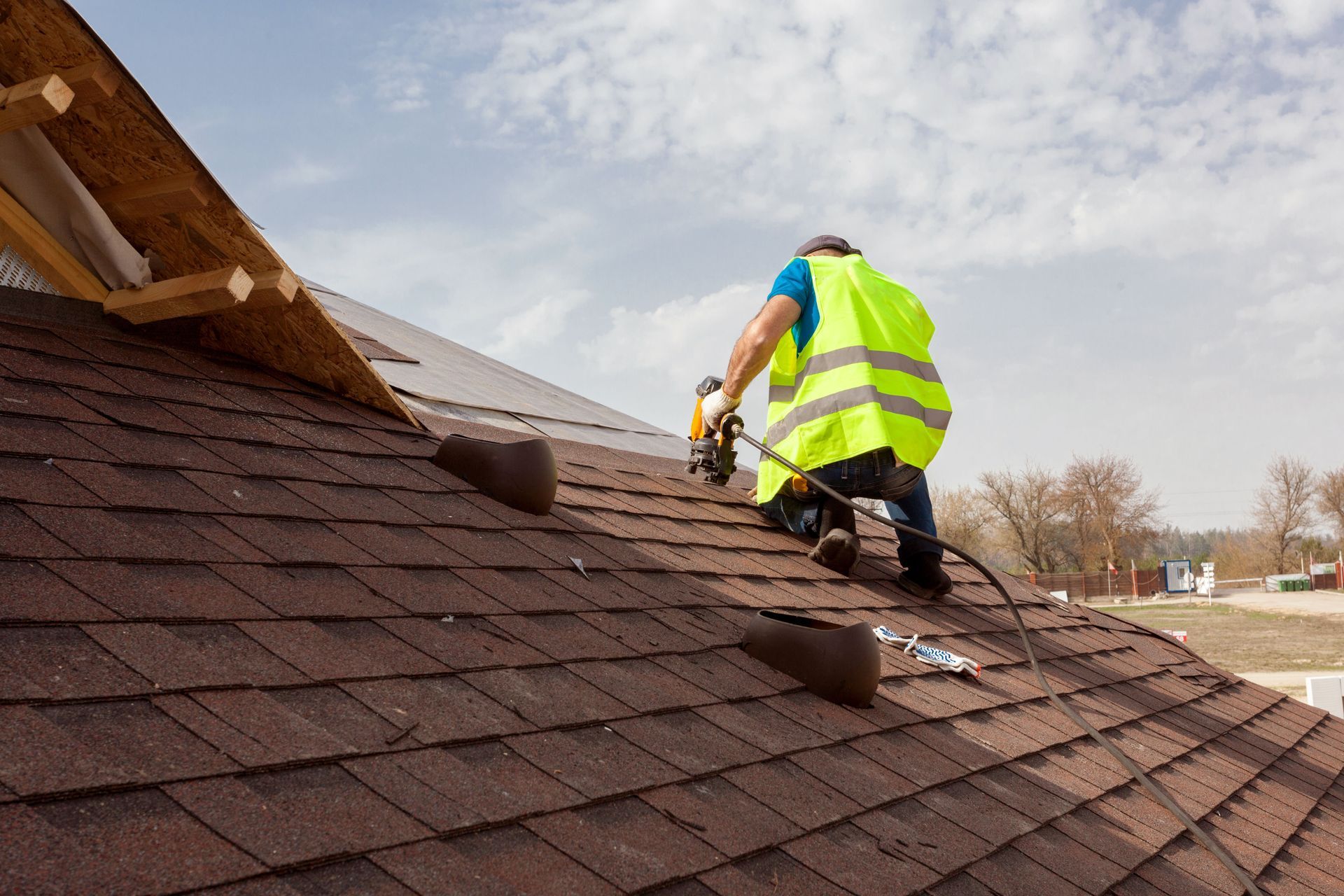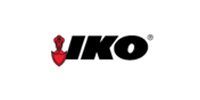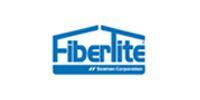October 11, 2024
Introduction to Roof Decking
When it comes to roof replacements or repairs, one often overlooked but crucial element is roof decking. Roof decking, also known as roof sheathing, is the backbone of your roofing system, providing a solid foundation for roofing materials and contributing to the overall stability and longevity of the roof. This guide delves into the essential aspects of roof decking, from its types and importance to cost considerations and best practices for maintenance and replacement.
Understanding the Basics of Roof Decking
Roof decking is the layer of wooden boards that forms the base of your roof, onto which shingles and other roofing materials are attached. It serves as the structural support for the roof, ensuring that it can withstand various weather conditions and the weight of roofing materials. Proper roof decking is crucial for maintaining the integrity of the entire roofing system.
Exploring Different Types of Roof Decking
There are two primary types of roof decking: plank decking and sheet decking. Each has its unique characteristics and advantages.
Detailed Look at Plank Decking
Traditionally used before the invention of plywood, plank decking consists of elongated, rectangular wooden boards, typically in 1×6 or 1×8 sizes. This type of decking is still found in older homes and some modern applications where a traditional aesthetic is desired. Plank decking offers a classic look but can be more labor-intensive to install.
Comprehensive Overview of Sheet Decking
Sheet decking, also known as sheathing, is the more common type used in contemporary roofing. It comes in two main forms: plywood and OSB (oriented strand board). OSB is made from compressed wood chips and is widely used due to its cost-effectiveness and availability. Plywood, available in various thicknesses, offers excellent strength and durability, making it a preferred choice for many roofing projects.
Identifying When to Replace Roof Decking
Replacing roof decking is necessary when it shows signs of deterioration, such as rot, warping, or significant wear. The integrity of the decking is vital for the roof’s overall performance. During a roof replacement, your contractor will assess the condition of the decking after removing the old roofing materials. If any boards are compromised, they must be replaced to ensure a solid foundation for the new roof.
Cost Factors in Roof Decking Projects
The cost of roof decking can vary significantly based on the type of material used and the extent of replacement required. Plank decking is generally more expensive than sheet decking due to the labor-intensive installation process. On the other hand, sheet decking, especially OSB, is more affordable and easier to install. The price of wood also fluctuates, which can impact the overall cost of roof decking projects.
Choosing the Right Plywood for Roofing
Selecting the best plywood for roofing involves considering factors such as thickness, strength, and resistance to moisture. Common thicknesses for roofing plywood include 3/8″, 1/2″, 5/8″, and 3/4″. Thicker plywood offers better support and durability, making it ideal for areas with heavy snowfall or other extreme weather conditions. Plywood treated for moisture resistance is also a good choice, as it helps prevent rot and extends the lifespan of the roof decking.
Advantages of Quality Roof Decking
Properly installed and maintained roof decking offers several benefits:
- Structural Support: Provides a solid foundation for roofing materials, ensuring they remain secure and functional.
- Weather Resistance: Helps protect the roof from wind, rain, and other environmental factors.
- Longevity: Extends the lifespan of the roof by providing a stable base for shingles and other roofing components.
- Safety: Reduces the risk of roof collapse or damage, ensuring the safety of the occupants and the structure.
Best Practices for Installing Roof Decking
When installing roof decking, following best practices ensures a long-lasting and durable roofing system. Here are some key considerations:
- Proper Nailing: Use appropriate nails and nail patterns to secure the decking boards, ensuring they can withstand various loads and stresses.
- Ventilation: Ensure adequate ventilation in the attic to prevent moisture buildup, which can lead to rot and other damage.
- Moisture Barrier: Install a moisture barrier or underlayment between the decking and shingles to protect against water infiltration.
- Professional Assessment: Have a professional roofing contractor assess the condition of the existing decking and recommend necessary replacements or repairs.
How to Maintain Your Roof Decking
Regular maintenance of roof decking is essential for preserving its integrity and performance. Here are some maintenance tips:
- Routine Inspections: Conduct routine inspections to check for signs of rot, warping, or damage, and address any issues promptly.
- Gutter Cleaning: Keep gutters clean to prevent water backup and damage to decking.
- Leak Repairs: Fix any roof leaks immediately to prevent water from seeping into decking and causing rot.
- Tree Trimming: Trim overhanging branches to prevent damage during storms or high winds.
Roof Decking and Energy Efficiency
Properly installed and maintained roof decking plays a significant role in the energy efficiency of a home. By providing a stable base for insulation and roofing materials, it helps to create a barrier against external temperatures. This can reduce the need for heating and cooling, leading to lower energy bills. Additionally, using high-quality materials such as the best plywood for roofing can enhance the overall insulation properties of the roof, contributing further to energy efficiency.
Environmental Impact of Roof Decking Materials
In today’s eco-conscious world, the sustainability of roofing materials is essential. Choosing eco-friendly options like FSC-certified plywood or OSB ensures wood comes from responsibly managed forests. Proper maintenance and timely replacement of damaged decking extend the roof’s lifespan, reducing the frequency of replacements and the associated environmental impact.
Innovations in Roof Decking Technology
The roofing industry continues to innovate, with new materials and technologies improving roof decking’s performance and durability. Engineered wood products offer enhanced strength and moisture resistance compared to traditional plywood and OSB. Advancements in moisture-resistant treatments and coatings further extend the lifespan of roof decking, making it more resilient to harsh weather.
Why Professional Installation Matters
While DIY projects can be tempting, roof decking installation is complex and best left to professionals. Roofing contractors have the expertise and experience to ensure proper installation, adhering to industry standards and local building codes. This guarantees the roofing system’s longevity and the home’s safety and structural integrity.
Avoiding Common Roof Decking Mistakes
Avoiding common mistakes in roof decking can save time, money, and potential headaches. Frequent errors include:
- Using Incorrect Materials: Choosing the wrong type or thickness of plywood compromises the roof’s strength and durability.
- Improper Nailing: Incorrect nail spacing or depth leads to loose boards and a weakened roof structure.
- Neglecting Ventilation: Inadequate ventilation causes moisture buildup, leading to rot and damage.
- Ignoring Maintenance: Failing to conduct regular inspections and maintenance results in undetected damage worsening over time.
Roof Decking Compliance with Building Codes
Compliance with local building codes is crucial when installing or replacing roof decking. Building codes are established to ensure the safety, durability, and structural integrity of buildings. Here’s a detailed look at what compliance involves and why it’s important:
- Material Specifications: Building codes specify acceptable materials for roof decking, such as plywood or OSB, and their required thickness. These standards ensure that the materials used can adequately support the roof structure and withstand environmental stresses.
- Installation Methods: Proper installation techniques, including nailing patterns, spacing, and the use of moisture barriers, are outlined in building codes. These guidelines help prevent common issues such as leaks, warping, and structural failure.
- Ventilation Requirements: Adequate ventilation is crucial for preventing moisture buildup and subsequent rot or mold growth. Building codes often include ventilation requirements to ensure air circulation in the attic and roof spaces.
- Fire Safety Standards: Some regions have specific fire safety requirements for roof decking materials and construction methods, especially in areas prone to wildfires. These standards help reduce the risk of fire spreading through the roofing system.
- Load Bearing and Wind Resistance: Building codes determine the load-bearing capacity of roof decking and its ability to resist wind uplift. This is particularly important in areas susceptible to heavy snow loads or high winds, ensuring the roof can withstand these forces without collapsing or detaching.
- Insulation and Energy Efficiency: In some regions, building codes include requirements for insulation to improve energy efficiency. This involves specifying the type and amount of insulation to be used in conjunction with roof decking to help regulate indoor temperatures and reduce energy consumption.
- Permits and Inspections: Before any roofing work begins, obtaining the necessary permits from local authorities is essential. Inspections are conducted at various stages of the project to ensure compliance with building codes. These inspections verify that all materials and installation methods meet the required standards.
- Regional Variations: Building codes can vary significantly between regions, influenced by local climate conditions, environmental concerns, and historical building practices. Contractors must be familiar with the specific codes applicable in their area to ensure compliance.
- Professional Expertise: Working with experienced, licensed roofing contractors is critical for compliance. Professionals are knowledgeable about the latest building codes and ensure that all aspects of roof decking installation or replacement meet the required standards.
- Updating Building Codes: Building codes are periodically updated to incorporate new materials, technologies, and safety practices. Staying informed about these updates ensures that roofing practices remain current and compliant.
Non-compliance with building codes can result in severe consequences, including structural failures, increased maintenance costs, legal liabilities, and difficulties in selling the property. Therefore, adhering to building codes is not just a legal requirement but a fundamental practice for ensuring the safety, durability, and efficiency of the roofing system.
Roof Decking for Various Climates
The climate significantly influences roof decking materials and installation methods. Considerations include:
- Cold Climates: Thicker plywood and extra insulation withstand heavy snowfall and prevent heat loss.
- Humid Climates: Moisture-resistant materials and proper ventilation prevent rot and mold growth.
- Hot Climates: Reflective coatings and materials that resist thermal expansion maintain roof decking stability.
DIY vs. Professional Roof Decking Installation
While DIY projects can be rewarding, roof decking installation is best left to professionals. Precision in measuring, cutting, and securing decking boards, coupled with compliance with building codes, makes professional installation safer and more reliable. Contractors also have access to high-quality materials and tools, ensuring correct and efficient installation.
Conclusion
Roof decking is a fundamental component of any roofing system, providing the necessary support and stability for roofing materials. Understanding the types, importance, and best practices for roof decking helps homeowners make informed decisions during roof replacements or repairs. Prioritizing proper installation, regular maintenance, and timely replacements ensures the roof’s longevity and performance, protecting your home and investment for years to come.
For more information on roofing and related services, visit The Roof Co. and explore our comprehensive roofing solutions tailored to meet your specific needs.




















